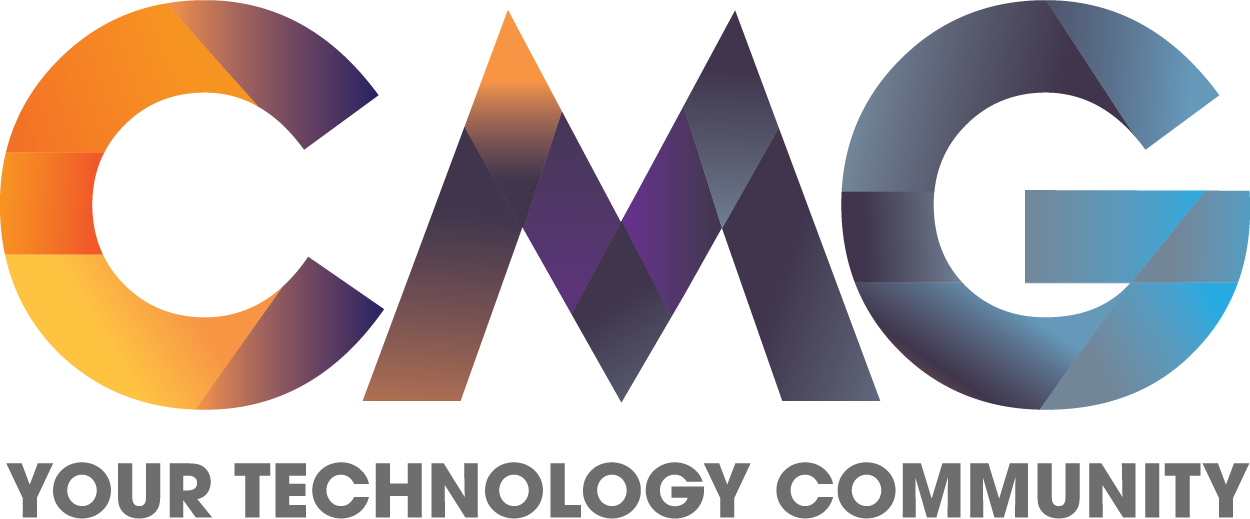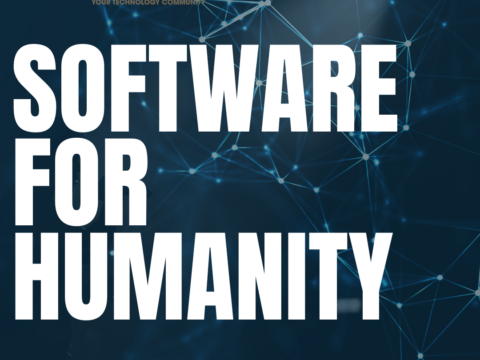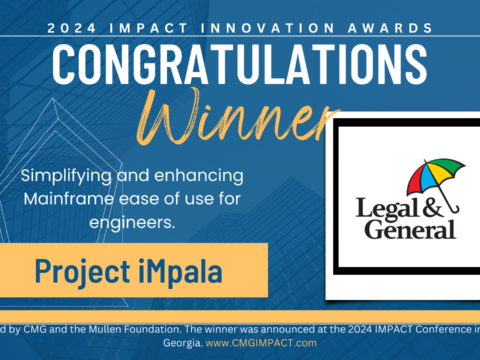Mainframes on Autopilot!
Survey of New Age tools – IT Platform Performance: The Bodhi (Tech) Tree…
May 18, 2017Here’s what is in this Issue of CMG MeasureIT
May 23, 2017Yes, mainframes are now on autopilot not just Tesla automobiles! While everyone is chasing the next big, disruptive unicorn like Uber or Airbnb, bright mainframe engineers are quietly disrupting the industry with new customer-driven innovations. If you are into capacity planning, then you would be thrilled to learn about these latest trends and innovations in mainframe world.
Curiously, most non-mainframe technology professionals are unaware of opportunities to innovate on mainframe software. They think mainframes are age-old dinosaurs that occupy entire room, use card punch input, and require bits and bytes programming. Things have changed a lot over the years. The same mainframes that are now the size of your refrigerator run the most critical work of our top industries today. This includes large financial institutions like banks, insurance companies, healthcare, utilities, government, military, and a multitude of other public and private enterprises. Mainframes are a multi-billion-dollar industry. Innovations that are achieved have huge positive impacts in the industry.
The Challenge
First, let’s take a look at one of key challenges that the mainframe industry faces today. Many surveys have revealed that the biggest challenge of companies with mainframes today is the increasing cost. Mainframe costs include several components, but the largest portion involves monthly license charge [MLC] software costs (See Figure 1). What’s more, MLC software costs projected to increase 4-7% annually.

Mainframe software costs falls into 2 types. Monthly License Charges [MLC] and One Time Charge [OTC or IPLA]

MLC pricing is a monthly recurring software charges. Charges includes product usage and also product support. Examples of software that fall under this category are z/OS, DB2, CICS, IMS etc
With OTC, you basically buy software. It comes with an option to buy annual Subscription & Support (S&S) fees which includes product support and free version upgrades. Examples of software that fall under OTC are Data Management Tools, CICS Tools etc
These charges are usually based on Full capacity or Sub Capacity.

Full capacity pricing means that MSU based software would be priced at full capacity MSUs of
that Machine. Sub-Capacity pricing allows MSU based software to be priced lower than full capacity
MSUs of the Machine, based on utilization.
For decades, mainframe customers have manually managed mainframe workload capping strategies, constantly shifting workload allocations to manage costs and meet business demand. But these techniques are manual, risky and error prone and often don’t provide desired results.
Mainframe customers are often charged for their software that runs on a mainframe based on peak MSU usage through a Monthly Software License Charge (MLC). To determine the MLC, the mainframe operating system generates monthly reports that determine the customer’s system usage (in MSUs) during every hour of the previous month using a rolling average (e.g., a 4-hour rolling average) recorded by each LPAR or a capacity group for the customer. The hourly usage metrics are then aggregated together to derive the total monthly, hourly peak utilization for the customer, which is used to calculate the bill for the customer.
To control costs, system admin might assign each LPAR or capacity group a consumption limit (Defined Capacity or Group Capacity Limit), and it cannot use more MSUs than allotted in its respective consumption limit. But this may result in some work not receiving the CPU resources it needs, in effect slowing down the execution and completion of that work. This may have very undesirable effects on important workloads. Since meeting performance objectives of high importance work is deemed a necessary part of shifting resources, system admin tends to raise capacity limits to meet the demand and avoid outage to their workloads. But raising the capacity limit even for as little as an hour can increase MLC costs substantially.
Today’s Innovation
This challenge has caught attention of some of the bright minds in the industry. When automobile industry is bracing for autopilot then why not mainframes? These bright engineers in the mainframe industry developed the software that does exactly that i.e. to put mainframes on autopilot. If you ever drove self-driving automobile that has autopilot software, then you would know firsthand the simplicity of driving. Similarly, you provide all the necessary inputs to this software, for example, an upper limit on the capacity that combined systems should use, which systems to be monitored, which system to be favored over others, whether to use the WLM importance data etc. Once you feed all the necessary input to the software, you then go relax while software takes control of your mainframe!

The result is a dynamic solution that reduces MLC costs while mitigating risk to critical business workloads. Hence mainframes are now on autopilot!
Author: Hemanth Rama is a senior software engineer at BMC Software. He has 11+ years of working experience in IT. He holds 1 patent and 2 pending patent applications. He works on BMC Mainview for z/OS, CMF Monitor, Sysprog Services product lines and has lead several projects. More recently he is working on Intelligent Capping for zEnterprise (iCap) product which optimizes MLC cost. He holds master degree in computer science from Northern Illinois University. He writes regularly on LinkedIn pulse, BMC communities and his personal blog.




